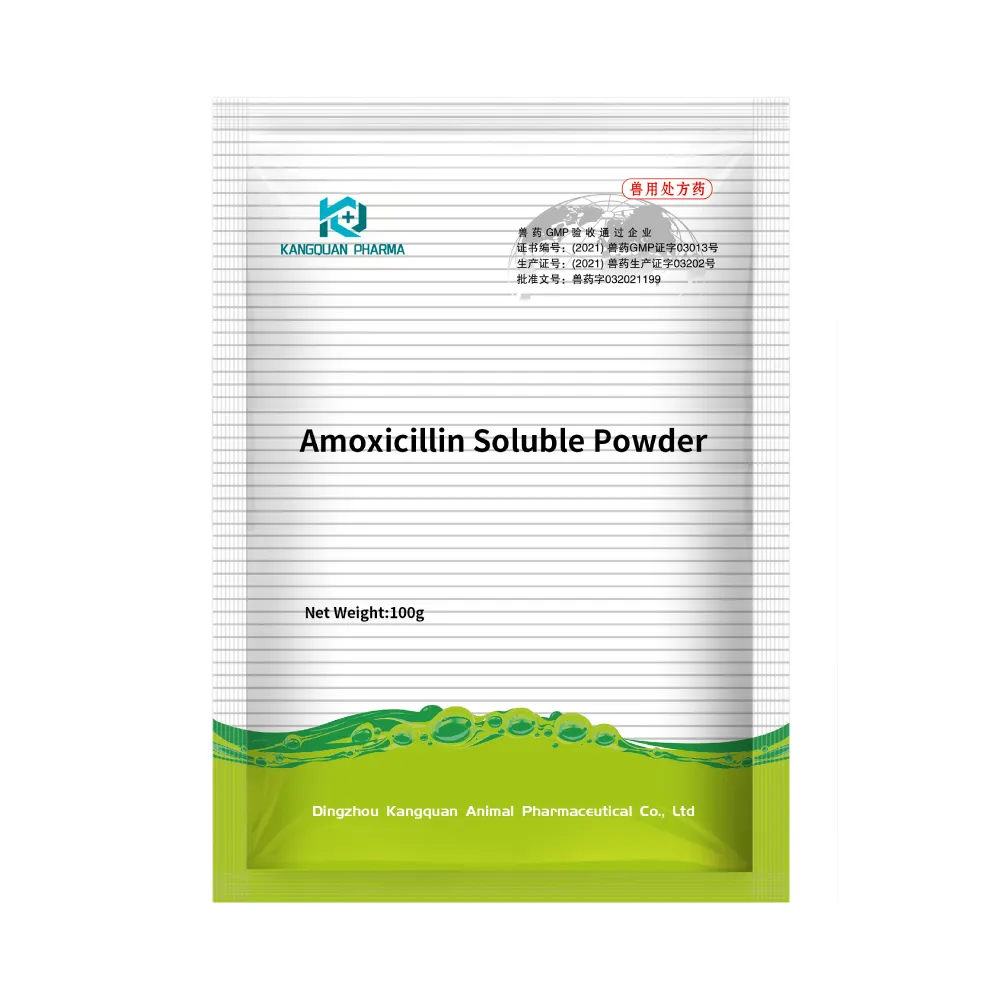- Afrikaans
- Albanian
- Amharic
- Arabic
- Armenian
- Azerbaijani
- Basque
- Belarusian
- Bengali
- Bosnian
- Bulgarian
- Catalan
- Cebuano
- Corsican
- Croatian
- Czech
- Danish
- Dutch
- English
- Esperanto
- Estonian
- Finnish
- French
- Frisian
- Galician
- Georgian
- German
- Greek
- Gujarati
- Haitian Creole
- hausa
- hawaiian
- Hebrew
- Hindi
- Miao
- Hungarian
- Icelandic
- igbo
- Indonesian
- irish
- Italian
- Japanese
- Javanese
- Kannada
- kazakh
- Khmer
- Rwandese
- Korean
- Kurdish
- Kyrgyz
- Lao
- Latin
- Latvian
- Lithuanian
- Luxembourgish
- Macedonian
- Malgashi
- Malay
- Malayalam
- Maltese
- Maori
- Marathi
- Mongolian
- Myanmar
- Nepali
- Norwegian
- Norwegian
- Occitan
- Pashto
- Persian
- Polish
- Portuguese
- Punjabi
- Romanian
- Russian
- Samoan
- Scottish Gaelic
- Serbian
- Sesotho
- Shona
- Sindhi
- Sinhala
- Slovak
- Slovenian
- Somali
- Spanish
- Sundanese
- Swahili
- Swedish
- Tagalog
- Tajik
- Tamil
- Tatar
- Telugu
- Thai
- Turkish
- Turkmen
- Ukrainian
- Urdu
- Uighur
- Uzbek
- Vietnamese
- Welsh
- Bantu
- Yiddish
- Yoruba
- Zulu
снеж . 05, 2024 13:27 Back to list
Applications of Tylosin Injection in Veterinary Medicine and Animal Health
Understanding Tylosin Injection Uses and Applications
Tylosin is a macrolide antibiotic primarily used in veterinary medicine to treat various bacterial infections in animals. Its efficacy against a range of gram-positive bacteria makes it an essential drug in the livestock industry. This article delves into the uses of tylosin injection, its mechanisms of action, and important considerations for its application.
Mechanism of Action
Tylosin works by inhibiting bacterial protein synthesis. It binds to the 50S subunit of the bacterial ribosome, disrupting the translation process necessary for the bacteria to produce proteins essential for their growth and reproduction. This mode of action is similar to that of other macrolides, making tylosin effective against a variety of pathogens. Tylosin is particularly useful in managing infections caused by bacteria such as Mycoplasma, which are notable in both livestock and poultry.
Uses in Veterinary Medicine
In veterinary practices, tylosin injections are commonly used for treating respiratory infections, gastrointestinal diseases, and certain skin conditions in animals. Here are some specific applications
1. Respiratory Infections Tylosin is often employed in treating respiratory diseases in cattle and pigs, which are susceptible to infections caused by Mycoplasma species. These infections can lead to severe health issues, including pneumonia, which can jeopardize animal welfare and productivity.
2. Gastrointestinal Disorders The drug is also effective against enteric infections in livestock, such as swine dysentery caused by Brachyspira hyodysenteriae. Treating these conditions is crucial for ensuring healthy growth rates and optimal feed utilization in pigs.
4. Feed Additive In addition to its injectable form, tylosin is often included as a feed additive in livestock operations. It helps in promoting growth and feed efficiency, although its use in feed may be subject to regulations in various countries.
tylosin injection uses

Administration and Dosage
Tylosin is typically administered via injection, with the appropriate dosage varying depending on the animal's species, weight, and the severity of the infection being treated. It’s crucial for veterinarians to follow guidelines and conduct sensitivity testing where applicable to determine the most effective dosage. Overdosing can lead to serious side effects and complications, while underdosing may result in treatment failure.
Side Effects and Precautions
Like any medication, tylosin injections can have side effects. Commonly reported adverse effects include local irritation at the injection site, allergic reactions, and gastrointestinal disturbances. It's essential to monitor animals closely after administration to catch any potential side effects early.
Veterinarians should also exercise caution when using tylosin in certain populations. For instance, pregnant animals may require special considerations, and the antibiotic’s interactions with other medications must be assessed to avoid adverse reactions. Additionally, due to the prevalence of antibiotic resistance, careful adherence to guidelines on tylosin use is necessary to ensure its efficacy is maintained in veterinary medicine.
Regulatory Considerations
The use of tylosin is regulated in many countries, particularly concerning its application in food-producing animals. Veterinarians must comply with withdrawal times—periods during which animals must not be slaughtered or their milk and eggs harvested for human consumption post-treatment. This is vital to ensure that antibiotic residues do not enter the food chain, helping to safeguard public health.
Conclusion
Tylosin injection plays a critical role in veterinary medicine, particularly in the livestock industry. Its effectiveness against various bacterial infections makes it a valuable tool for maintaining animal health and productivity. However, its use must be approached with caution to prevent antibiotic resistance and ensure the safety of food products. Veterinarians are pivotal in determining the appropriate use of tylosin, taking into account the welfare of the animals and the health of the food supply chain. As we advance, ongoing research and education will be crucial in optimizing the use of tylosin and similar antibiotics in veterinary practice.
-
Guide to Oxytetracycline Injection
NewsMar.27,2025
-
Guide to Colistin Sulphate
NewsMar.27,2025
-
Gentamicin Sulfate: Uses, Price, And Key Information
NewsMar.27,2025
-
Enrofloxacin Injection: Uses, Price, And Supplier Information
NewsMar.27,2025
-
Dexamethasone Sodium Phosphate Injection: Uses, Price, And Key Information
NewsMar.27,2025
-
Albendazole Tablet: Uses, Dosage, Cost, And Key Information
NewsMar.27,2025













